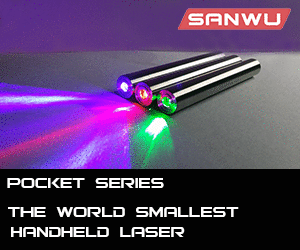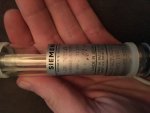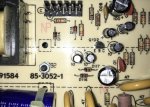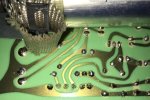Laser_Spyro
New member
- Joined
- Feb 3, 2020
- Messages
- 12
- Points
- 3
Hi, I’m new to gas discharge lasers and found a few old boards in my community college. I was granted permission to see what I can do with them, and I am hoping to get them in working order using the original drivers. However, I have never seen this driver board before, and I saw a post made by a member about a laser with the same driver, but it was a different laser. The laser in this driver is a LGR 7655A, which I cannot find any data on at all. How do I power this specific board? Is this one straight 120v input, or am I underestimating the circumstances?
Thanks, I’d love to get these running again.
Also, I replaced the bad components and measured values as needed, everything looks to be in perfect order.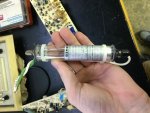
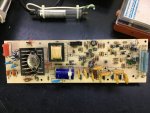
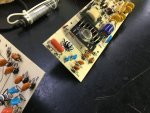
Thanks, I’d love to get these running again.
Also, I replaced the bad components and measured values as needed, everything looks to be in perfect order.





